2011 to 2017
Becoming a Number-One Partner to the World
Starting in 2011, in an effort to "become a number-one partner selected by customers globally," Shimadzu accelerated joint research and joint development projects involving academic institutions, research institutions, and corporations with advanced technologies. Between 2015 and 2017, Shimadzu established Shimadzu Innovation Centers in four key regions of the world as part of that process. Shimadzu also invested efforts in developing products that help solve challenges in society, such as a food radiation scanner and a woman-friendly dedicated breast PET system.
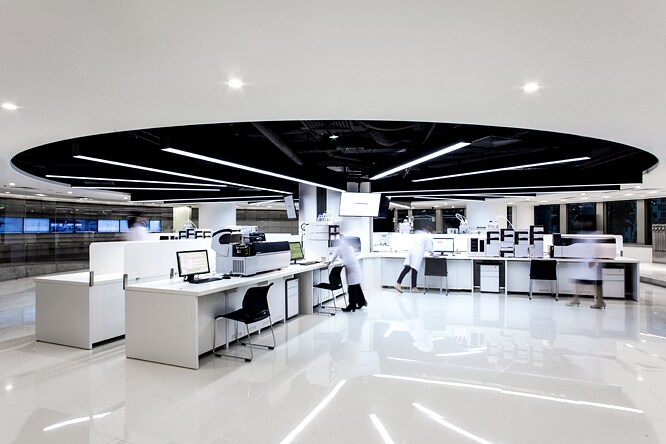
CHRONOLOGY
- 2011
-
- Established the Shimadzu China R&D Division.
- Signed joint research agreements with the National Cancer Center, Center for iPS Cell Research and Application at Kyoto University, and others.
- 2012
-
- Released the FOODSEYE food radioactivity inspection system.
- Developed the world's first application for deleting artifacts.
- 2013
-
- The Shimadzu tennis team wins the Japan League for the first time.
- Released the iMScope imaging mass microscope.
- Shimadzu's diffraction grating is installed in the Hisaki Spectroscopic Planet Observatory.
- 2014
-
- Developed the Elmammo Avant Class Dedicated Breast PET System.
- The Shimadzu tennis team wins the Japan League for the first time.
- 2015 to 2017
- Established Shimadzu Innovation Centers in four key regions of the world (the United States, China, Europe, and Singapore).
EPISODE
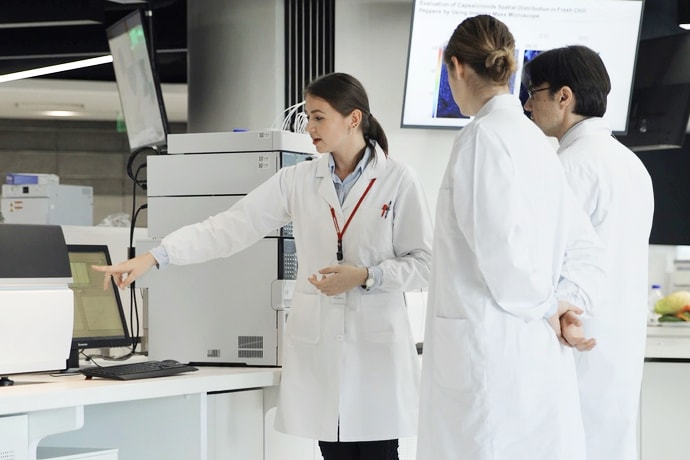
Collaborating with Partners that Can Compete Globally
In addition to collaborating with promising research institutions and researchers and strengthening joint research and development efforts worldwide, Shimadzu also established Shimadzu Innovation Centers in the United States, China, Europe, and Singapore for coordinating such research and development activities. Shimadzu intends to provide solutions to societal challenges in clinical medicine, food safety, and environmental/energy fields by developing applications, systems, and new number-one and truly unique products at those innovation centers.
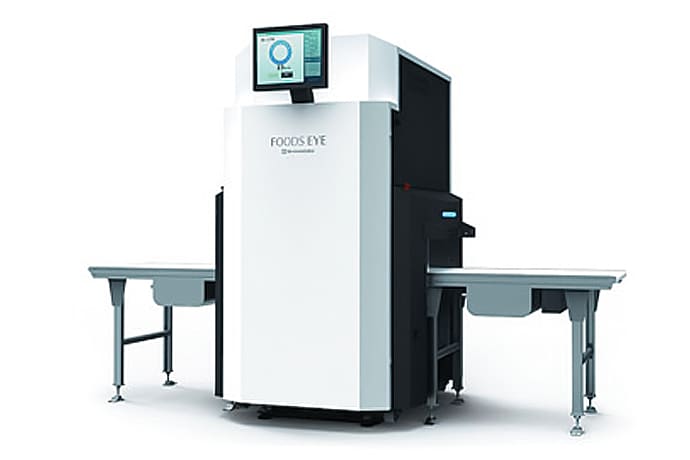
Damage from Rumors After the Fukushima Nuclear Accident
Due to the accident at the Fukushima Daiichi Nuclear Power Station caused by the Great East Japan Earthquake, rumors of rice contaminated with radioactivity caused a major problem in society. Therefore, to solve the problem, Shimadzu quickly formed a development project team that developed the FOODSEYE food radioactivity inspection system. The FOODSEYE system was able to confirm quickly, in only 5 seconds, that a 30 kg bag of rice contained less than 100 Bq/kg of radiation, which is the standard criteria value specified in the Food Sanitation Act for general foods. That means it can be used to quickly check all rice for safety.
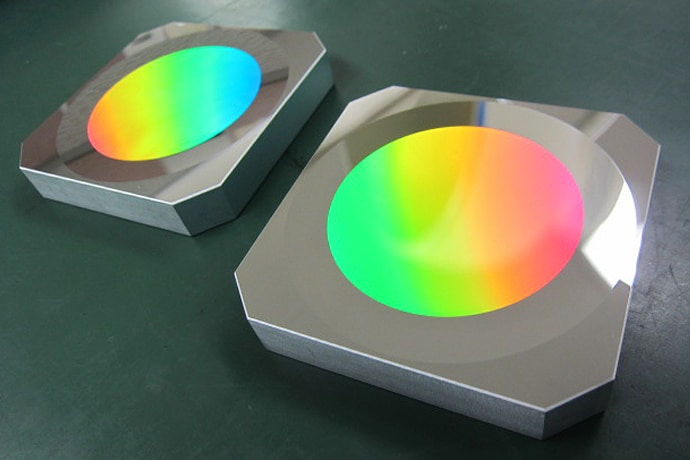
Entering the Space Field
A Shimadzu diffraction grating was adopted as a key device in the core portion of the Hisaki Spectroscopic Planet Observatory, launched in 2013. The quality and performance levels required to function properly in such an exceptionally harsh environment as space serve as evidence of Shimadzu's high technical capabilities.
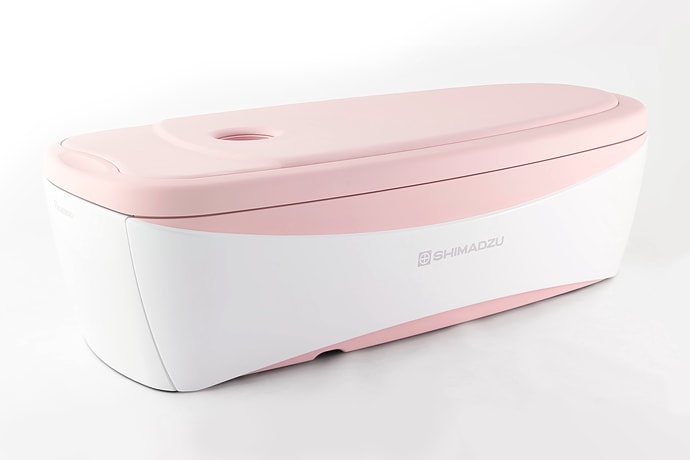
Helping Minimize Pain During Breast Cancer Examinations
More Japanese women are affected by breast cancer than any other type of cancer. Therefore, to help detect breast cancers as early as possible, in 2014 Shimadzu developed the Elmammo Avant Class Dedicated Breast PET System. Conventional breast examination systems involve pain when compressing the breasts, which resulted in reluctance to be examined. However, the Elmammo Avant Class involves less compression or pain, which reduces the mental and physical stress on women during breast examinations.
